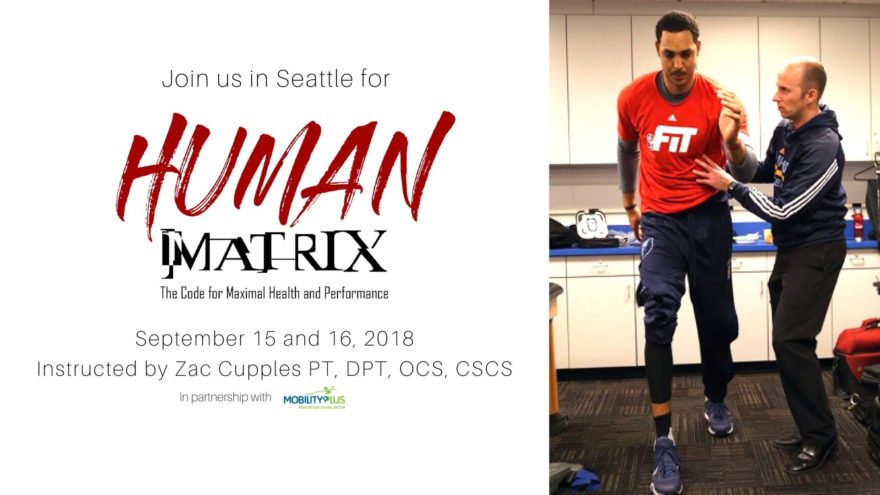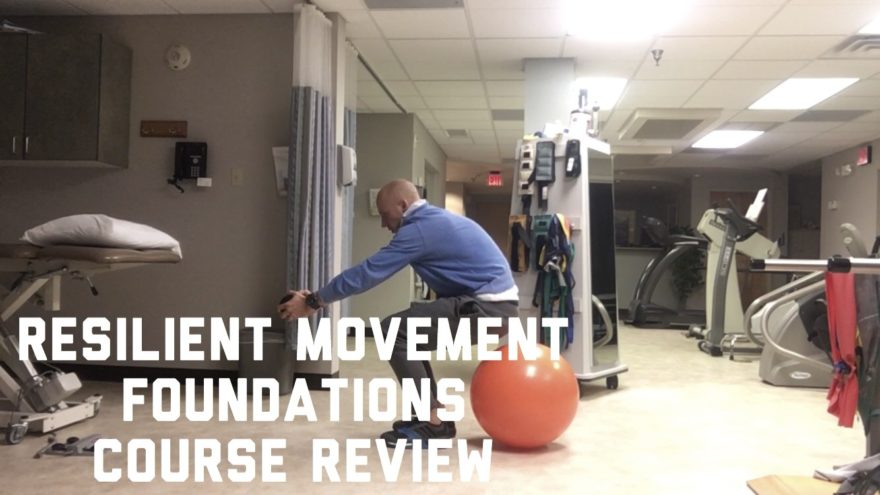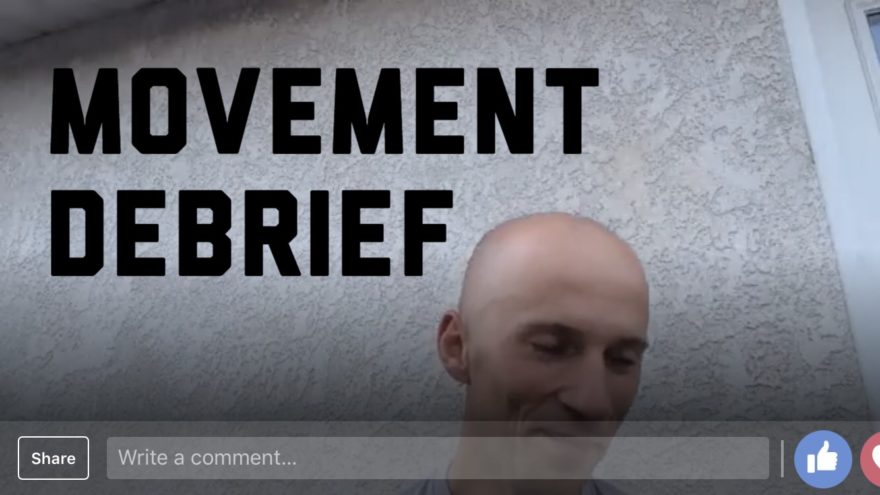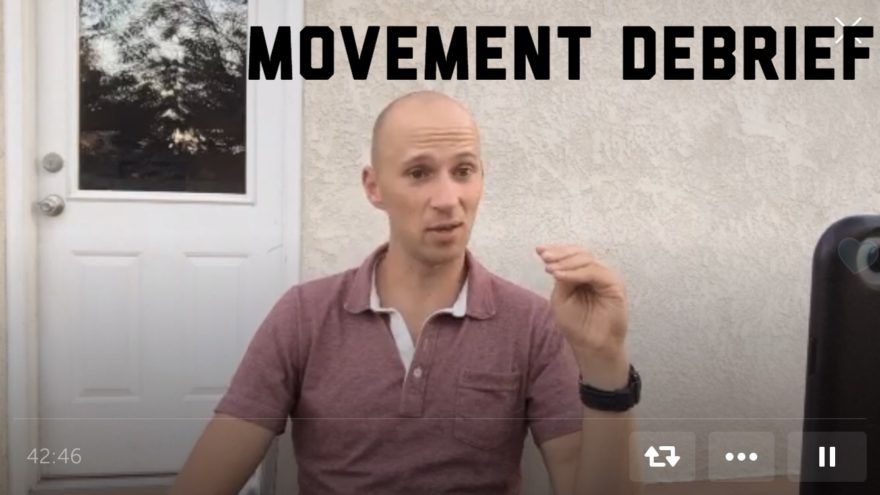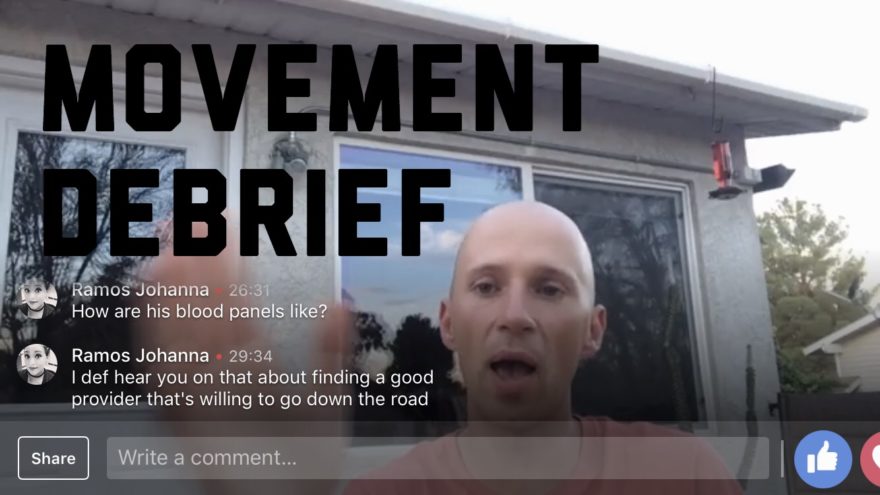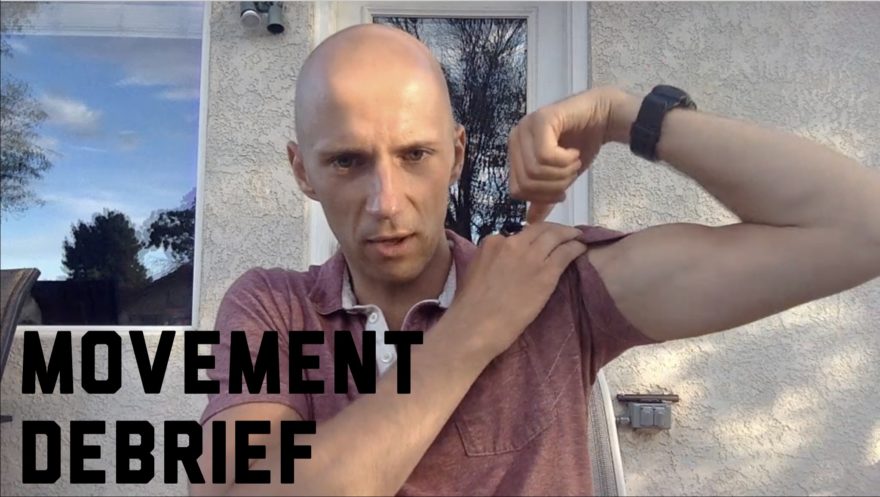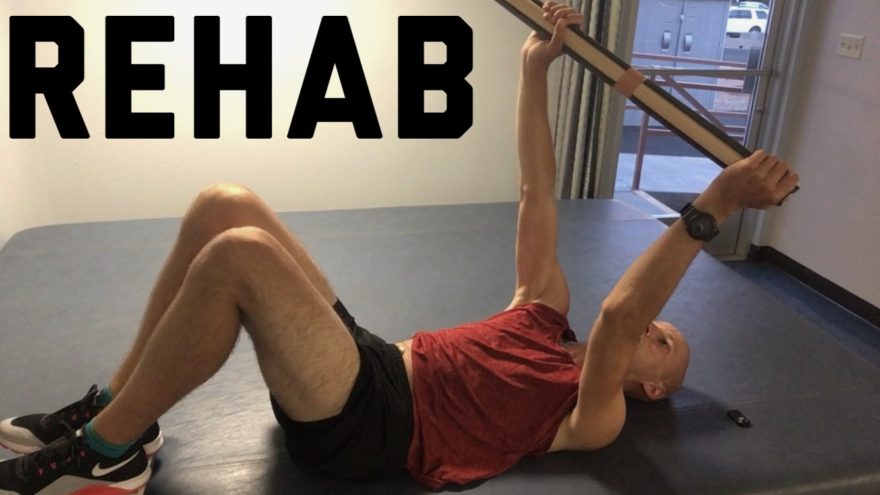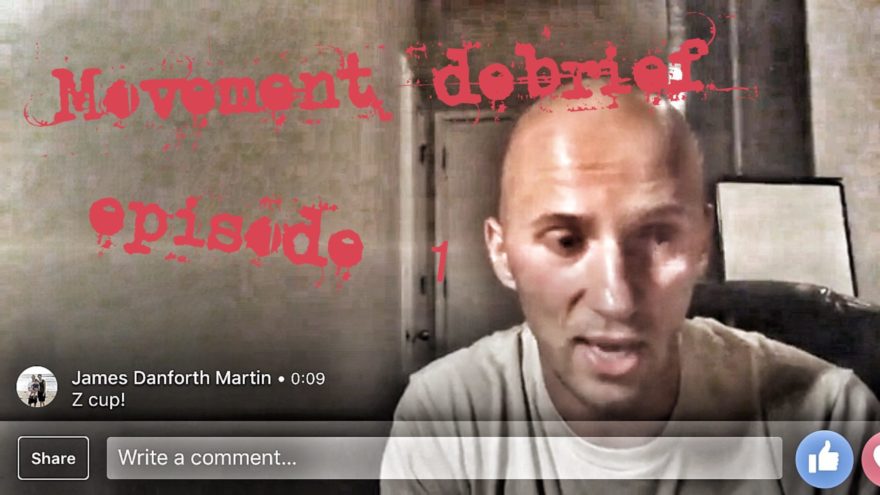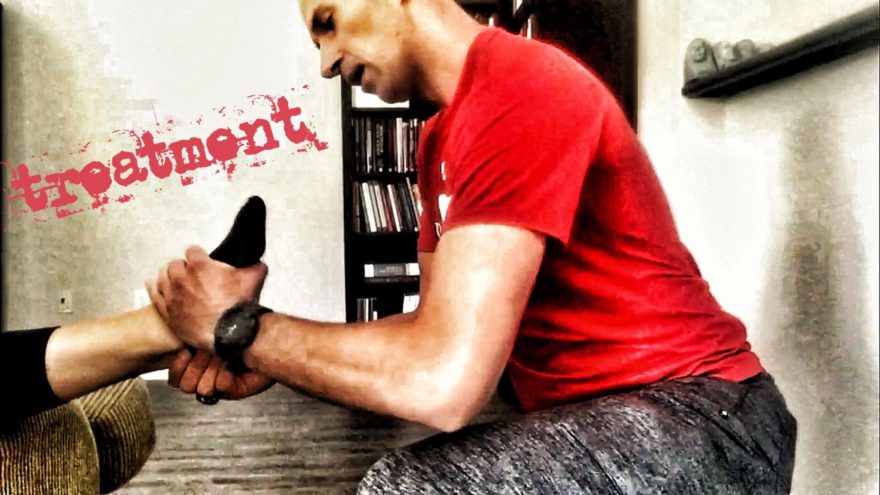Do you… Have patients who hurt multiple areas and are unsure where to start? Have training clients who can’t perform the exercises you want to despite extensive coaching? Want to maximize your client’s movement capabilities better than ever before? Want to know why incorporating breathing into your skillset is exceedingly important? Then welcome to Human Matrix: The Code for Maximizing Health and Performance. A course where you will become a master of understanding and affecting movement systemically, building up your client’s movement repertoire from the ground up and better than ever before. What you’ll learn when you Enter the Human Matrix ■ The impact maximizing movement variability can have on your clients. ■ How to normalize range of motion of the entire body to both reduce pain and improve how your clients move with a few simple movements. ■ How to integrate breathing into your practice to reduce your clients’ pain and improve their ability to move. ■ How to effectively coach squatting, deadlifting, pushing, pulling, and more to build the fitness and resiliency of your clients. ■ How to coach speed, agility, and power training to take your client’s performance to the next level. Course Outline Here is the tentative schedule of this two day seminar Day 1 9:30-10:30am: Model and Theory 10:45am-12:30pm: Axial Skeleton and Respiration 12:30pm-1:30pm: Lunch 1:30pm-3:00pm: Axial Skeleton Variability Assessment and Treatment 3:15pm-4:45pm: Pelvic Variability Assessment and Treatment 5-6:30pm: Putting the thorax and pelvis together Day 2 8:30am-10am: Variability Review 10:15am-12:30pm: Power Establishment – Mastering fundamental movement patterns 1:30pm-3:30pm: Power
Read More